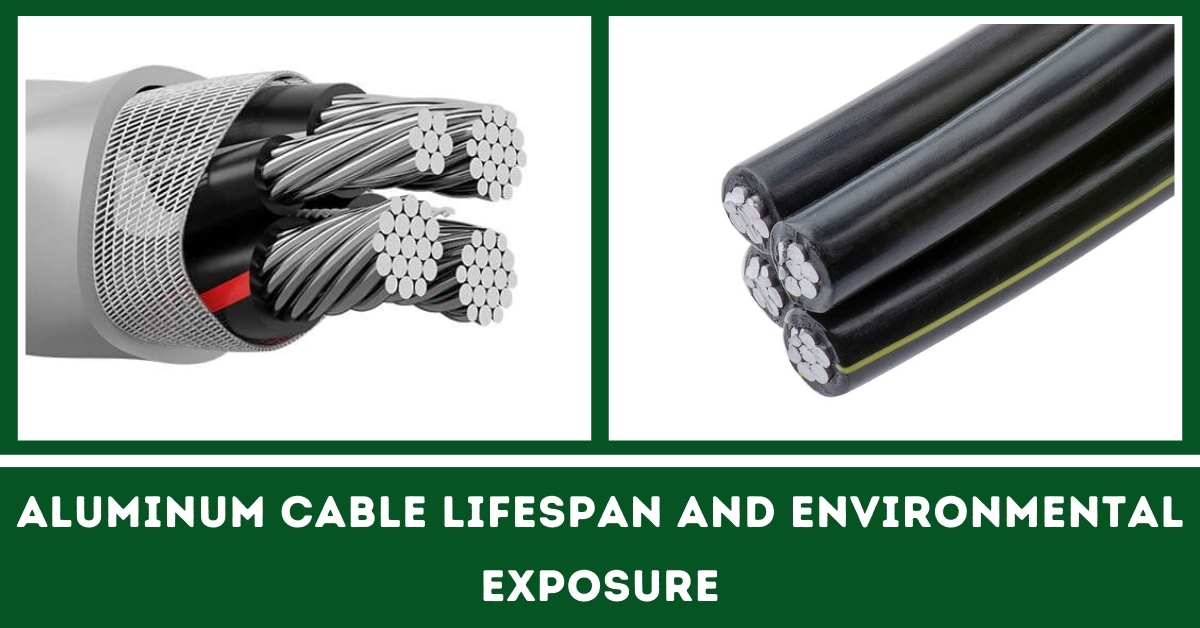Aluminum cables have gained widespread use in electrical applications due to their advantageous properties, such as being lightweight, cost-effective, and highly conductive.
However, many users and installers often overlook critical factors that can significantly impact their lifespan and performance.
While aluminum cables may appear to offer a simple and efficient solution, they come with unique challenges, particularly when it comes to environmental exposure.
Environmental elements like moisture, temperature fluctuations, and corrosive substances can lead to accelerated deterioration of aluminum cables.
For instance, aluminum is more susceptible to oxidation compared to copper, forming a layer of aluminum oxide that can impede conductivity and lead to overheating.
Furthermore, external factors such as thermal cycling and mechanical stress can exacerbate wear and tear, leading to premature failure.
These challenges underline the necessity for a comprehensive understanding of how environmental conditions affect aluminum cables.
By recognizing these risks and implementing proactive measures, users can significantly extend the lifespan of their installations. You can find good and quality product from hnbfpower visit to explore.
In this blog post, we will explore the lifespan of aluminum cables in detail, examining how environmental exposure impacts their durability, along with practical solutions and best practices for ensuring optimal performance.
Understanding these elements is crucial for electrical professionals and anyone involved in selecting and maintaining aluminum cabling systems.

Aluminum cables have been a staple in electrical engineering for decades, primarily due to their cost-effectiveness and lightweight nature.
They are commonly used in overhead power lines, residential wiring, and large-scale electrical projects. However, the benefits of aluminum cables come with specific challenges that can impact their performance and lifespan.
As the demand for efficient electrical solutions increases, understanding these challenges becomes increasingly critical for installers and users alike.
1. Oxidation and Conductivity Issues
One of the most significant challenges aluminum cables face is oxidation. When aluminum is exposed to air and moisture, it forms a thin layer of aluminum oxide on its surface.
This layer is an insulator, meaning it can significantly hinder electrical conductivity. As a result, connections may lose effectiveness, leading to increased resistance and heat generation.
If left unaddressed, this can result in overheating, potentially causing electrical fires or equipment damage.
A study conducted by the NEMA indicated that approximately 40% of electrical failures in aluminum wiring systems are attributed to poor connections caused by oxidation.
This statistic highlights the importance of addressing oxidation as a fundamental issue affecting aluminum cable longevity.
2. Thermal Expansion and Mechanical Stress
Aluminum is also more susceptible to thermal expansion than copper. This property means that as temperatures rise and fall, aluminum cables can expand and contract, leading to mechanical stress at connection points.
Over time, this can create microfractures in the metal, further exacerbating connectivity issues.
The American Institute of Electrical Engineers reports that thermal cycling can reduce the lifespan of aluminum cables by up to 25% if not properly managed.
3. Environmental Influences
Environmental conditions play a crucial role in the performance of aluminum cables. Humidity, salt exposure, and extreme temperatures can all lead to accelerated wear and tear.
For instance, aluminum cables installed in coastal areas face saltwater corrosion, which can dramatically decrease their lifespan.
Similarly, areas with high humidity can foster conditions conducive to oxidation, compounding existing issues.
4. Misconceptions About Maintenance
A common misconception is that aluminum cables require less maintenance than their copper counterparts. Many users assume that once installed, these cables can be left unattended for extended periods.
However, neglecting regular inspections can lead to significant issues down the line.
The reality is that aluminum cables often require more vigilant monitoring, especially in harsh environments, to ensure their longevity and safe operation.
5. Summary of Challenges
In summary, while aluminum cables offer several advantages, their longevity is challenged by oxidation, thermal expansion, environmental influences, and misconceptions about maintenance.
Addressing these challenges proactively is essential for anyone involved in electrical installations to ensure reliability and safety.
Understanding these factors lays the groundwork for implementing effective solutions, ultimately contributing to safer and more efficient electrical systems.
In summary, aluminum cables present both advantages and challenges that must be carefully managed to ensure their longevity and performance.
By understanding the unique properties of aluminum and the environmental factors that affect it, users can take proactive steps to mitigate potential issues.
Implementing best practices during installation, conducting regular maintenance, and utilizing protective measures are essential for extending the lifespan of these cables.
Moreover, fostering a culture of training and awareness among personnel ensures that everyone involved is equipped to handle the specific needs of aluminum cabling systems.
As electrical demands continue to grow, investing in the durability and reliability of aluminum cables becomes increasingly vital.
By prioritizing these practices, stakeholders can achieve not only safer electrical systems but also greater cost-effectiveness in the long run.
Ultimately, a comprehensive approach to managing aluminum cables will enhance their performance, ensuring that they meet the demands of modern electrical applications efficiently and reliably.